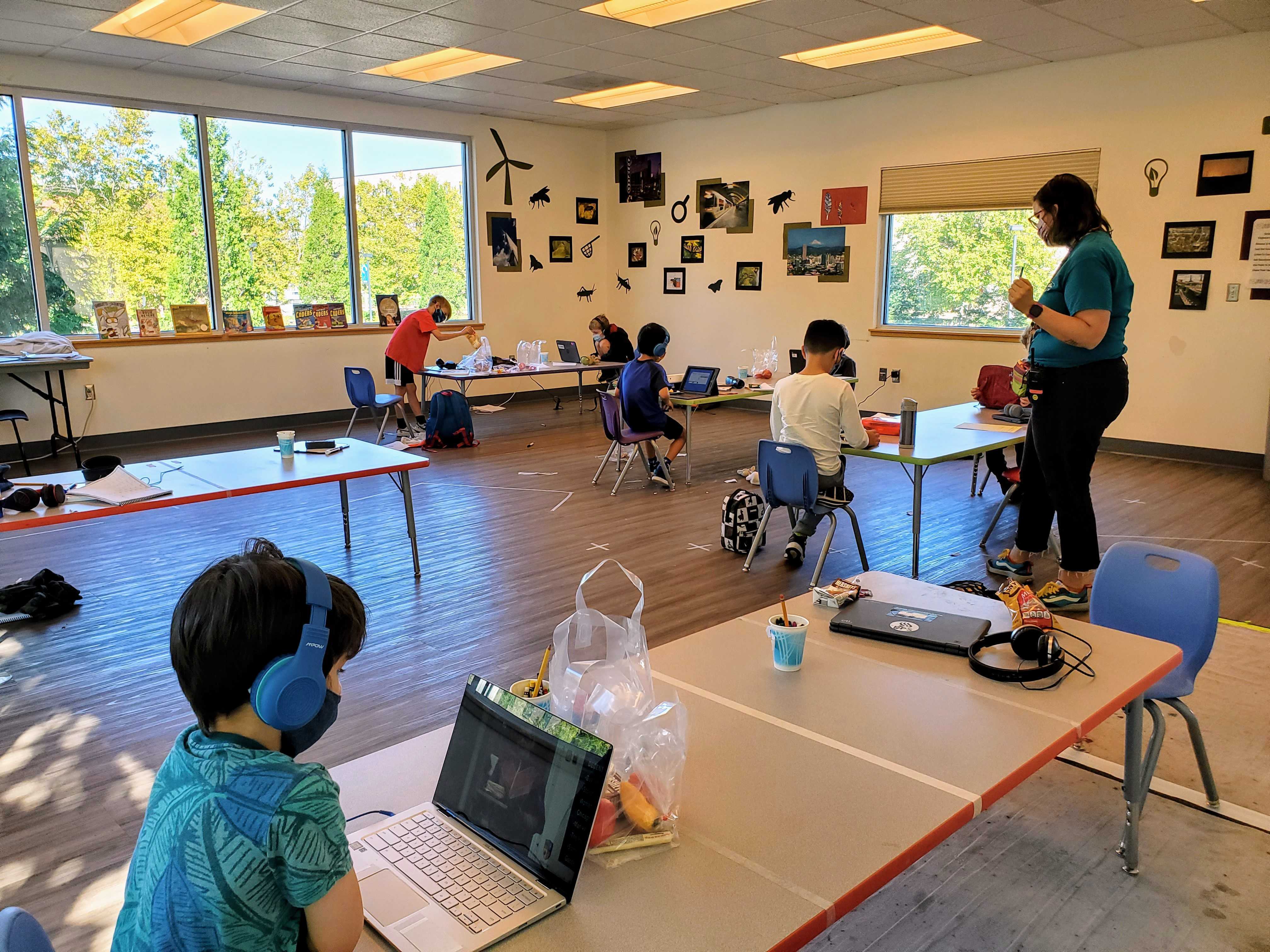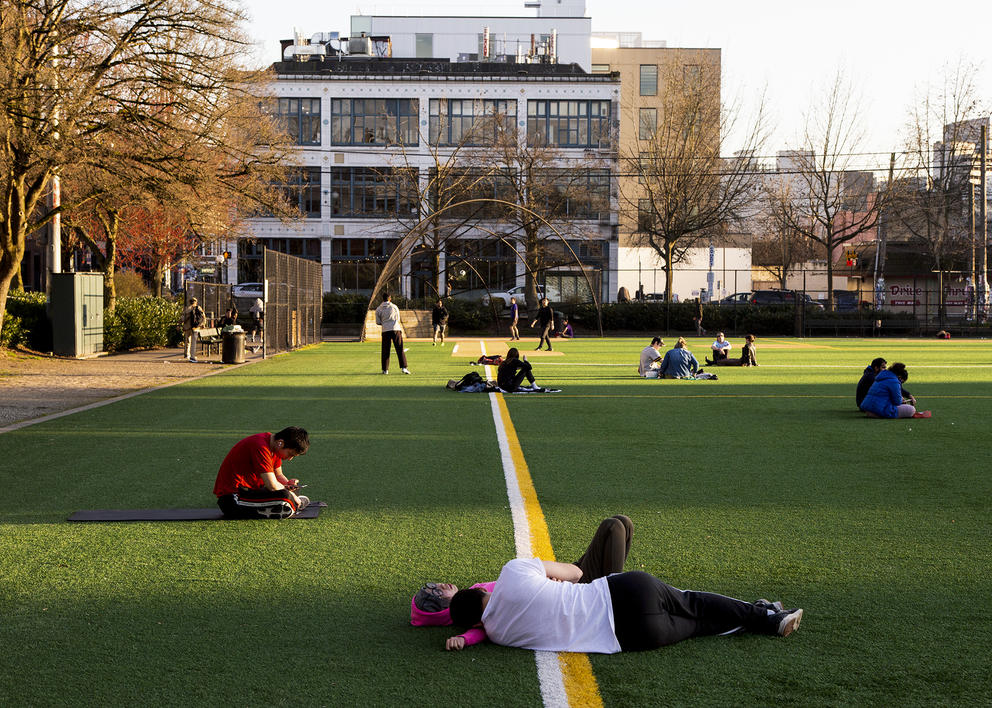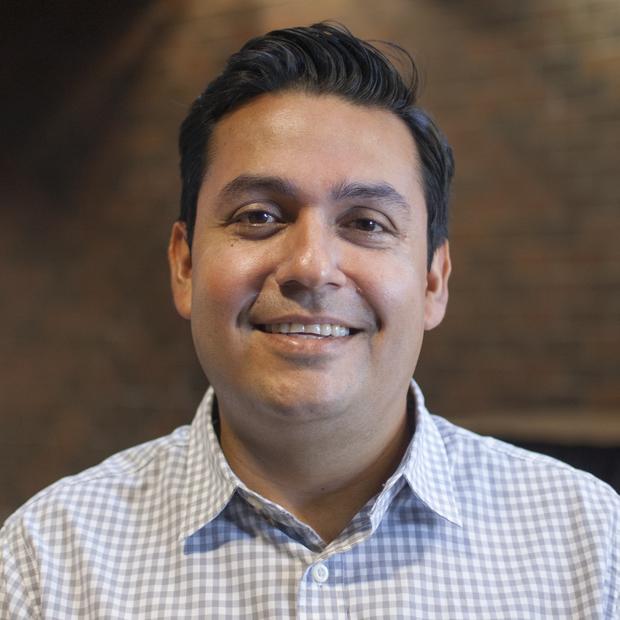Thankfully, there was Gazebo Gardens, a centrally located nursery that operated as a quasi-public space on weekends. For the entrance fee of zero dollars, you could come in and listen to live music and socialize with neighbors and co-workers; if you wanted, you could grab a local brew and food from any of the dozen or so food trucks. In the absence of actual urban public space, Gazebo Gardens was an essential third place.
Without public space in which to meet others, places like Gazebo Gardens are crucial; without them, our ability to make community and enact democracy withers, and we all suffer. The pandemic and the isolation it provoked was a good reminder of how much we need others — and places in which to be together — even in less trying times.
Some cities in Puget Sound do better than others at providing these kind of spaces. And as Washington state reopens, it’s worth reflecting on how local leaders responded to the need for more public and community spaces during the worst days of the pandemic. We can keep what proved necessary and essential and take stock of where we must build better social infrastructure.
One example of what worked well is Edmonds’ “Walkable Main Street” program. The city opened up its downtown by making three of its streets car-free. The program has been popular enough that it will stay, in some form, post-pandemic.
My own city of Tacoma was not as keen on opening streets during the pandemic. It was slow to create a program through which eateries could use parking spots for outdoor seating, and it never did reclaim any of its downtown streets from cars and for expanded public use. And as other cities in our region signal that their open streets and outdoor café programs may be extended, Tacoma has not indicated a willingness to support its businesses or residents beyond this initial phase.
Certainly, cities in Puget Sound (and throughout the U.S.) had reason to examine how our planning and development practices have severely limited the way we use streets and public rights of way even before the pandemic. But the pandemic has brought other players in our urban settings, namely businesses and cultural institutions, into this way of thinking.
Take the Queens Museum, in Queens, New York. Unlike many other museums that saw no choice but to close, the Queens Museum reimagined its purpose and mission to remain open. Over the course of the pandemic, the Queens Museum has provided COVID-19 testing; hosted a station to make protest banners; organized vigils for the Asian American and Pacific Islander community; and operated a food pantry that has served tens of thousands and will continue to operate for the foreseeable future.
Another museum, the Oregon Museum of Science and Industry, in Portland, offered child care services for up to 30 children of essential workers. And once school operations resumed in the city, the museum evolved its child care program to one called “Homeroom,” offering its facilities to students doing remote learning and who may have needed adequate study space and internet connectivity. Over the course of the pandemic, OMSI supported more than 100 students through “Homeroom.”

Then there’s Alma Mater in Tacoma, a business comprising a restaurant, art gallery, coffee shop, event venue and The Patio, an outdoor eatery that opened midpandemic. While other restaurants were forced to close for a time, Alma Mater remained open to the public, but largely in support of community. It did this through food relief, community programming and by allowing access to their physical spaces. At different times in the past year, Alma Mater has supported or partnered with the Tacoma Mutual Aid Collective, the Rainbow Center, the People’s Assembly, HelpKitchen and Bethlehem Women’s and Children’s Shelter, among others. It has supported and hosted (often free) programming in partnership with the Tacoma Film Festival, Destiny City Film Festival, Laughing Mater, local drag queens and Obsidian Creative.
According to Lisa Fruichantie, Alma Mater’s executive director, the decision to continue operating during the pandemic was made in order to facilitate the work of an existing community partner, the Beacon Youth Shelter. When the shelter transitioned its day center into permanent housing for 60 homeless youth, Alma Mater made its kitchen and some of its staff available so that the shelter could provide three meals a day to residents. This experience was what prompted Alma Mater to “think innovatively about how we could use our space and our resources to connect more authentically with our community and really show up … in ways we had not … before,” said Fruichantie.
This resembles an approach taken by the Bronx Museum. Sally Tallant, the president and executive director, said the staff had already been asking before the pandemic, “What can we be as a museum?” That question then became, “What do people need us to be?”
Similar thinking seems to have prompted the Homeroom effort at OMSI. When asked why a museum thought it could step into these extraordinary roles, former marketing and communication manager John Farmer, said, “We have the training. We have certifications. We have people. We have the stuff to have kids in the museum — that’s just what we do.”
What strikes me here is that these museums and restaurant didn’t need to become something different during the pandemic. They could have shuttered their doors and weathered the storm as best they could. They chose not to. Realizing a great need, they stepped up for their neighbors and their communities. Those neighbors and communities are better for it.
What we ask of the spaces and places that sustain us in typical times doesn’t stop being a need when we must all retreat to our homes. What we require of our social infrastructure becomes more vital in crises. In our recent experience, sustaining life has been as much about staying home as it has been about ensuring that our neighbors who’ve lost jobs or don’t have access to quality health care or food still have access to places where they can receive aid.
We are lucky that some of our institutions and local business thought to do so, but too many did not.
As we emerge from our homes and start meeting one another again in shared spaces, we ought to consider how lucky we are to have people — and places — in our communities capable of supporting us. Fruichantie explained how “the pandemic has taught us more than anything, people need people.” Alma Mater now sees itself as “a hub or a base to intersect.” Others, I’m certain, see it that way, too.
Future pandemics are but one of the many looming challenges we face. If we are to meet them, then we must recognize and value the third places we have and look to cultivate others. Our survival depends on it.



